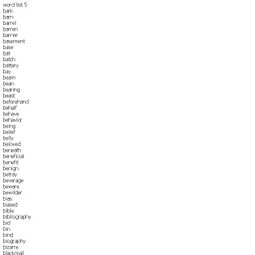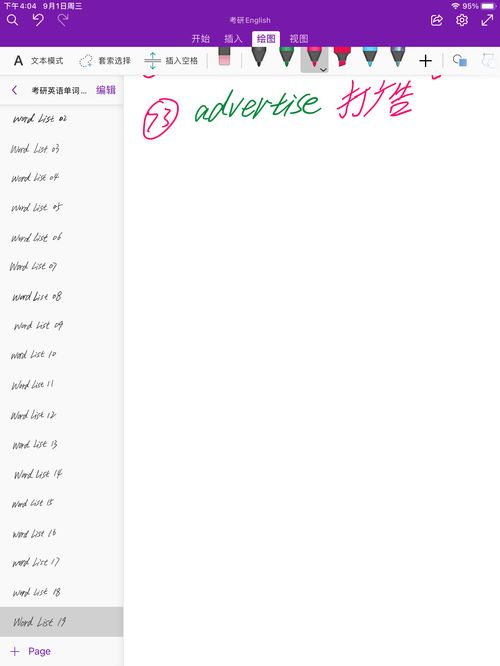Tone Word List: A Comprehensive Guide
Understanding the nuances of language is crucial in communication. One way to achieve this is by familiarizing yourself with a tone word list. This list contains words that can significantly alter the tone of your message. In this article, we will delve into the details of a tone word list, its importance, and how to use it effectively.
What is a Tone Word List?

A tone word list is a collection of words that convey specific emotions, attitudes, or intentions. These words can be used to create a desired tone in your writing or speech. By incorporating tone words into your communication, you can ensure that your message is received as intended.
Here’s an example of a tone word list:
| Positive Tone Words | Negative Tone Words |
|---|---|
| Exciting, joyful, inspiring, amazing, wonderful | Disappointing, frustrating, boring, terrible, awful |
| Supportive, encouraging, friendly, helpful, kind | Unsupportive, discouraging, unfriendly, unhelpful, unkind |
| Professional, confident, competent, experienced, skilled | Incompetent, unprofessional, inexperienced, unconfident, unskilled |
As you can see, the tone word list includes a variety of words that can be used to convey different emotions and attitudes.
Why is a Tone Word List Important?

Using a tone word list is essential for effective communication. Here are a few reasons why:
-
Enhances Clarity: By choosing the right tone words, you can ensure that your message is clear and easily understood by the recipient.
-
Expresses Emotions: Tone words help convey your emotions and intentions, making your message more impactful.
-
Prevents Miscommunication: Using tone words can prevent misunderstandings by setting the right tone for your message.
-
Improves Relationships: Effective communication with the right tone can help build and maintain strong relationships.
How to Use a Tone Word List Effectively

Now that you understand the importance of a tone word list, let’s explore how to use it effectively:
Select the Right Tone Words
When using a tone word list, it’s crucial to select the right words that align with your message’s intent. Consider the context and the emotions you want to convey. For example, if you want to express excitement, choose words like “thrilling,” “exciting,” or “fascinating.” If you want to convey disappointment, use words like “disheartening,” “frustrating,” or “dismaying.”
Balance the Tone
It’s essential to balance the tone of your message. Avoid using too many negative tone words, as it may come across as overly critical or pessimistic. Similarly, don’t overuse positive tone words, as it may seem insincere or exaggerated.
Consider the Audience
When using a tone word list, always consider your audience. The tone you choose should resonate with them and align with their expectations. For instance, a professional tone is more appropriate for a business email, while a casual tone may be better for a social media post.
Practice and Refine
Using a tone word list is a skill that requires practice. Experiment with different combinations of tone words and observe how they impact your message. Over time, you’ll become more adept at selecting the right words to convey the desired tone.
Conclusion
A tone word list is a valuable tool for effective communication. By understanding its importance and how to use it effectively, you can ensure that your messages are received as intended. Incorporate a tone word list into your daily communication, and watch as your relationships and professional interactions improve.




